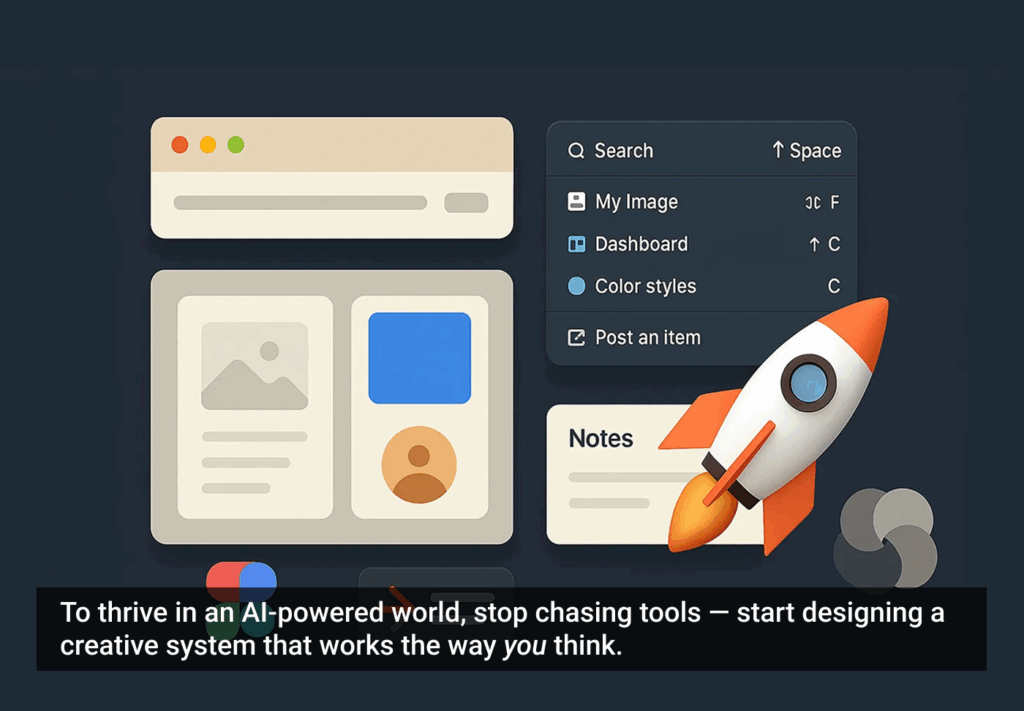As a UX designer, what do you do when, midway through the process, the product owner or other business stakeholder requests that you incorporate an idea that will result in a sub-optimum experience for the intended users, changes the scope of the project, or both?
As common as this type of thing is in design process, it can be a difficult situation to navigate. The product owner knows the customer and has a strong understanding of what the business’s competitive edge is and how the company’s products will grow in the future. However, the UX designer must facilitate disparate viewpoints from numerous participants in areas such as engineering, customer service, and marketing.
To achieve project success, UX practitioners must establish good communication about the design process with business stakeholders and guide them toward a unified and elegant digital solution. It’s a delicate dance, with stakeholders as the leads and UX designers adding rhythm, grace, and finesse. There are many opportunities for missteps, but clear communication will keep all parties moving in the right direction.
Here are three common situations in the experience design process and how they can be handled better with strong communication strategies:
1) The One-Off Request
A business stakeholder shares an idea and asks for it to be included in the next set of wireframes. What do you do?
First, discuss the problem the stakeholder is trying to solve. Then, refer to the business strategy and customer personas, which should have been developed and shared with the stakeholder at the onset of the project. The business strategy paints the overall picture of what the project will accomplish, including the goals and objectives. Customer personas describe fictional people, but are created by distilling usage statistics and feedback from invested users. Together, the business strategy and customer personas support and guide the design by keeping participants focused on creating a great customer experience.
If the stakeholder’s idea supports the business goals and will enrich the user experience, as determined by the customer personas, then you should add it to the wireframes. If it doesn’t, you should discuss why with the stakeholder.
For example, let’s say you are building a new product intended to help call center managers pull and use data analytics to examine efficiencies. Outside of team meetings, a stakeholder asks the user experience designer to replicate the look and feel of an existing desktop design with a lot of particular colors and icons.
This product was developed for a very different audience—call center agents who are using the interface while talking to customers. That interface needs to be fast and simple to keep the agent focused on what the customer is saying. Meanwhile, in the current project, call center managers will use the interface to analyze efficiency and productivity. If large icons and bright colors are used, the design may be distracting for managers, take up valuable screen real estate and not add much value.
In this situation, the UX designer can bring the conversation back to the personas and the needs of the users. It’s also possible that the UX designer will come to understand that the business stakeholder doesn’t really want the same design carried over so much as a holistic look and feel between agent and manager software, which can certainly be managed without compromising user experience.
2) The Quick Refresh
It’s very common for a UX designer to be asked to “quickly” give a more updated look and feel to an existing product without the person making the request realizing that the existing back-end will also need revisions.
The problem in this scenario is that even a great design will not be successful if the back-end data, services, or engines need modernization. To be useful, information must be easily sharable, searchable, and maintainable; to achieve this, developers might need to add Meta tags, create new tables in SQL, or modify a complex CMS. Only then would the design be 100 percent reflective of the content it is meant to support.
Establishing good communication channels will minimize distractions and help avert common pitfalls.
Unfortunately, older content usually isn’t organized to support many different kinds of groupings, so all the old content and data must be tagged to help the user find commonalities. The stakeholder requesting the quick refresh would need to be involved in these discussions and an internal team would need to be tasked with tagging content. The engineering team would also need to be involved.
Imagine a news site that wants to add customer-requested premium news content. While the new premium content can be grouped and sorted in six different ways, the site’s existing news can only be sorted alphabetically by headline or by the date the content was published. It would be really helpful if all content could use the same tags, such as author, region, topic, category, etc. in order to offer a better user experience. Today’s consumer relies on tags for searching and sorting and even creates customized hash tags to discover content.
By proactively communicating with all interested parties, including the engineering teams, the experience designer can foster a collaborative approach to the request that will result in a better end product. In the example of the news site, the engineers will probably agree that sorting data alpha-numerically is not very informative and that sorting by commonalities such as author, region, topic, category, or a trending topic is better. The team may be easily convinced to invest more time in the project at the end of this conversation, thus averting the pitfalls usually associated with a quick refresh that was not well thought out from a data and content management perspective.
3) The New—Midway Through the Project—Direction
By the time a company is halfway through a new project, the business stakeholder is often barely keeping up with all of the demands from numerous teams. Understanding that there are many moving targets, the designer should regularly repeat the project goals and direction to ensure there are no major changes that can impact end-users negatively, then communicate those goals to the programmers. But when the business owner says he or she wants to change the strategy midstream, what do you do?
For example, if the new direction requires changing the customer personas, the user experience design process will have to restart from the beginning, or somewhere close to it. The designer may be able to leverage some completed work and ideas, but a new user group will be needed to redesign the task flows and identify customer needs. It may be hard for the user experience designer to communicate the amount of time needed to switch directions, but if the business owner understands the extent of the time delays and their resulting costs, he or she may reverse the request to head in a different direction—or at least reconsider the scope of change.
If not, constructing new, static, grayscale wireframes and putting them in front of the correct persona representatives may open up the discussion. The more limited the wireframes, the more useful the feedback will be. It’s important to steer the talk away from the visual design—which can create subjective clashes prematurely—and only discuss new suggestions that will affect the business strategy, the personas, and the project scope.
Conclusion
Although there are quite a few ways that a project’s focus can be diverted from forging the ideal user experience—many more than we’ve discussed here—establishing good communication channels at the initiation of the project will minimize distractions and help avert many of the more common pitfalls in the process. By constantly serving as the voice of the customer, the experience designer can help navigate many of the roadblocks that may appear just by facilitating open discussions with appropriate stakeholders.
Image of telephone handsets courtesy Shutterstock.







